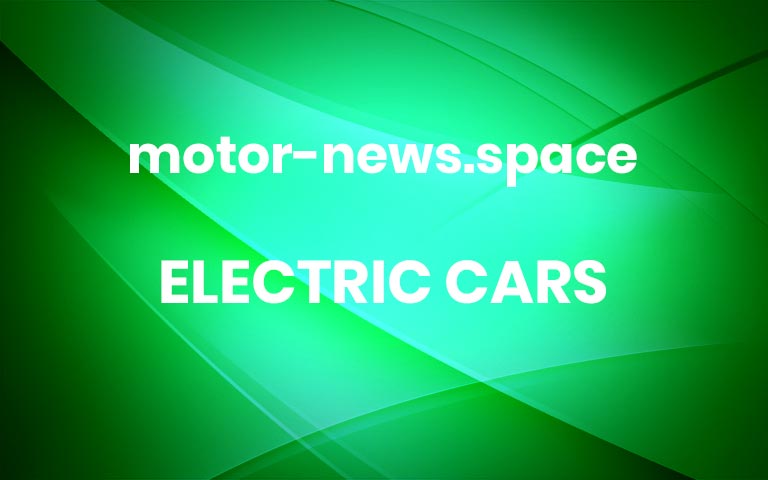The EQS is Mercedes-Benz’s first dedicated EV and a new member of the S-class family. Single-motor (rear-wheel-drive) and dual-motor (all-wheel-drive) variants are available, ranging from 329 to 516 horsepower.The 2022 Mercedes-Benz EQS goes on sale this fall. The 2022 Mercedes-Benz EQS is the marque’s first dedicated electric vehicle and the first of Mercedes’s EQ brand to reach the U.S. market. Sporting what the automaker claims is the world’s lowest drag coefficient (0.20) and the world’s largest in-car screen (56 inches), and making as much as 516 horsepower, the EQS, inspired by the F015 concept, aims to put the Mercedes stamp on the electric-vehicle segment by starting at the top.
The EQS will be available in two versions. The EQS450+ is rear-wheel drive and makes 329 horsepower, and the EQS580 4Matic is dual-motor all-wheel drive, with 516 horsepower. Both go on sale this fall. Both models offer adaptive air suspension and four-wheel steering as well as Mercedes’s full driver-assistance package, a panoramic sunroof, and a host of techno-goodies including the latest MBUX infotainment system, Burmester 3D sound, wireless smartphone connectivity and charging, and six USB-C ports.
The star of the EQS’s interior show, however, is the optional Hyperscreen. “What’s really revolutionary is it’s the first time the whole instrument panel is a screen. We literally dematerialized [the hardware],” said Mercedes-Benz design chief Gorden Wagener. “Nobody else has done it, and I think, talking about screen sizes before, it makes everything else look old.”
Mercedes-Benz
Coated in a single piece of Gorilla Glass, the Hyperscreen spans the entire dashboard, incorporating three displays within. The instrument panel display is a standard LCD display, while the center and passenger displays are OLED, for greater brightness and contrast. The new screen combines with a new “Zero Layer” layout for the MBUX user interface, layering machine-learning-powered widgets over a 3D map of the area around the car. The widgets, which can control anything from the HVAC to the stereo to your phone (and more), learn from the driver’s behavior, eventually anticipating needs and surfacing information based on usage patterns. If you don’t tick the Hyperscreen option box, you’ll get a 12.8-inch portrait-orientation single display, mounted tablet-style in front of the dash. The EQS’s 400-volt powertrain is fed by a low-cobalt (about 10 percent) battery pack with 107.8 kWh of usable energy, developed in-house, which enables a WLTP range rating of 478 miles, although no EPA range estimate has been announced. A crash structure in the underbody protects the battery, and the car can automatically shut off the high-voltage system in case of emergency.Mercedes says the EQS’s slippery 0.20 coefficient of drag (Cd) is the lowest of any production car ever, enabled in part by the One-Bow exterior design but also by extensive attention to detail throughout the exterior, including special effort to smooth the underbody, as well as an optimized rear-end design and spoiler and special arrow-shaped front and rear wheel spoilers.
Mercedes-Benz
Mercedes also understands the EQS’s customers may be concerned with more than their personal luxury and comfort. Accordingly, 176 pounds of the EQS’s curb weight is composed of resource-saving materials like recycled plastic, recycled yarn, and sustainably produced aluminum. The EQS is built at Mercedes-Benz’s Factory 56 in Sindelfingen, Germany, which offers carbon-neutral production thanks to its solar power array and also features rainwater recycling, planted roofs, and recycled concrete in the building’s facade.Look for official pricing info to be released closer to the vehicle’s launch in fall 2021.
This content is imported from {embed-name}. You may be able to find the same content in another format, or you may be able to find more information, at their web site.
This content is created and maintained by a third party, and imported onto this page to help users provide their email addresses. You may be able to find more information about this and similar content at piano.io More




